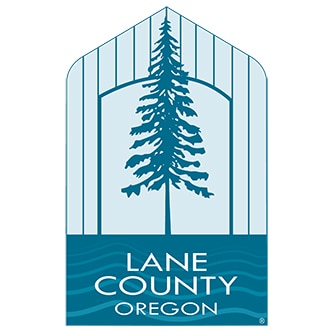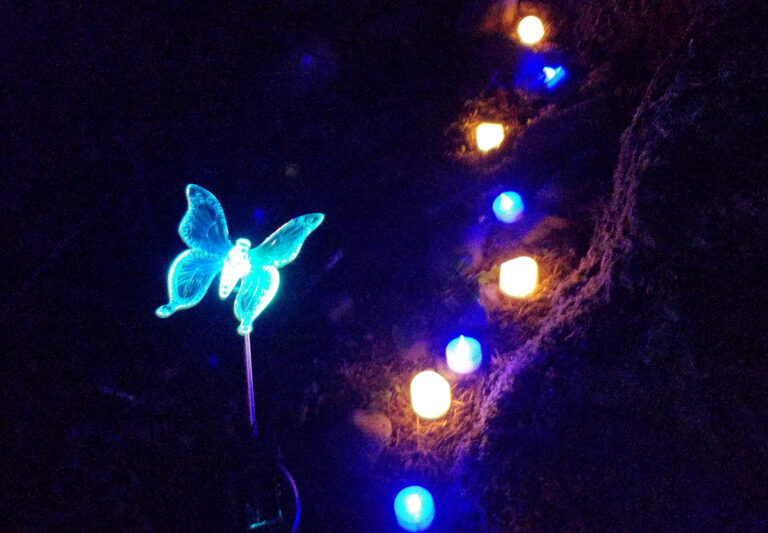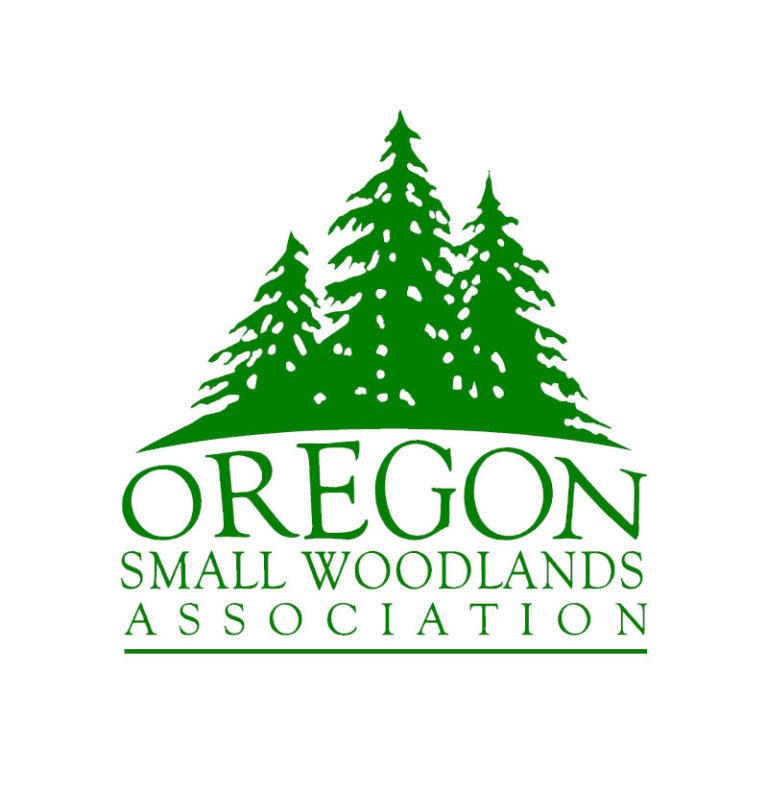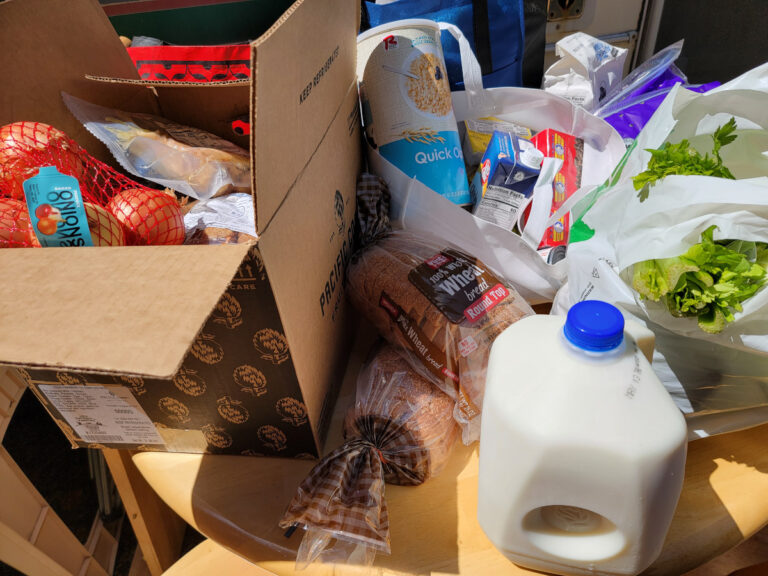5 Ways to Love the McKenzie River
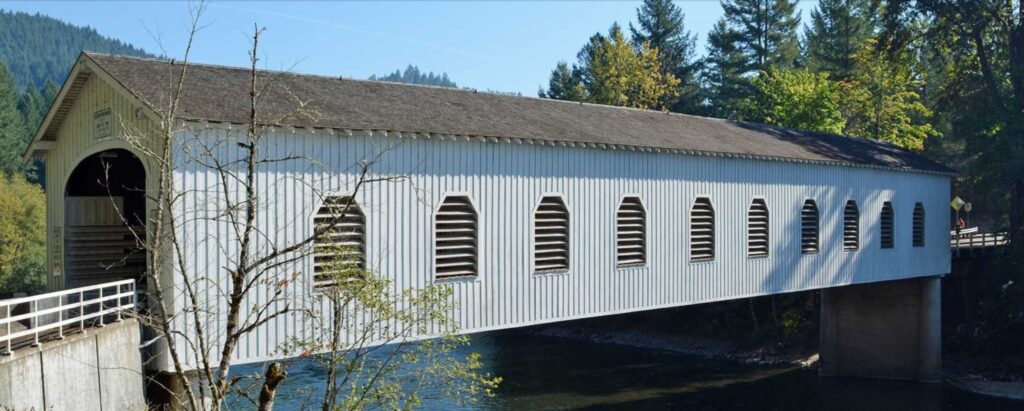
Source: TravelOregon.com
By Jen Anderson
Editor’s note: Call destinations before you visit to make sure they’re open. Stay posted on what Oregon’s new COVID-19 guidelines mean for you, and follow these steps for social distancing outdoors. Also, remember to bring your face covering, required for all of Oregon’s public indoor spaces and outdoors when keeping 6 feet of distance isn’t possible.
Oregon has no lack of epic waterways, but the crystal-clear, spring-fed Wild and Scenic McKenzie River is a favorite spot for mountain bikers, hikers, and rafting and fishing enthusiasts alike. It’s the lifeblood of clear, clean water for salmon and local farms in the Willamette Valley along its 90-mile stretch which flows from the Cascade Range to the Willamette River, just north of Eugene.
Sadly, parts of the land around the McKenzie River were burned in the 2020 Holiday Farm Fire, which scorched 173,000 acres from Blue River west to the town of Vida, both north and south of the river. Yet, sections of this beautiful area remain open and accessible to visitors — if you know where to go.
While the burned areas are closed to keep everyone safe and allow the habitat to recover, visitors can still support the surrounding communities in a variety of different ways. Most of these businesses rely on visitors who come for outdoor recreation year-round. You can book a guided fishing or rafting trip, enjoy a charming cabin stay, take a soak in the hot springs or stop into a cafe for coffee or sandwiches along a backroads bike ride. Whenever you go, stay on designated trails, check road conditions and be prepared with the supplies you’ll need. Here’s how to treasure the magic of the McKenzie River from near or far.

Support Local Eateries
Part of the South Willamette Valley Food Trail, Organic Redneck Growers in Walterville, which escaped direct damage from the fire, hosts a farm stand for visitors mid-May through December. (Locals may also purchase a CSA share in the spring.) Find ripe watermelon, peaches, squash and more. Also on the food trail, Herrick Farms is open May through December with a produce stand selling flowers, fruits and vegetables, plus pumpkin-patch rides in the fall. Another local business is Honey Paddle, a husband-wife team that makes artisan honey from hives on their property along the McKenzie River. They had no fire damage and were able to save the majority of their hives from heavy smoke. They’ll have a variety of U-pick flowers as well as marionberries available in late June, and their honey harvest starts in August. Nearby Serendipity Coffee Cart in Blue River is in the process of moving their business up the river and serves visitors espresso (including an excellent Honey Paddle vanilla latte), smoothies, breakfast sandwiches and acai bowls from its cheery blue stand. The Vida Cafe, an iconic 1950s diner, had already burned down once in a 2015 fire, reopening a year later. It survived the Holiday Farm Fire and welcomes visitors in for its hearty pancakes and burgers as well as custom craft cocktails including a Honey Paddle spiked cider. Meanwhile, Iron Forest Brewing in Vida was devastated by the fire but just broke ground on a new building; you can support their rebuild by purchasing their brand apparel.
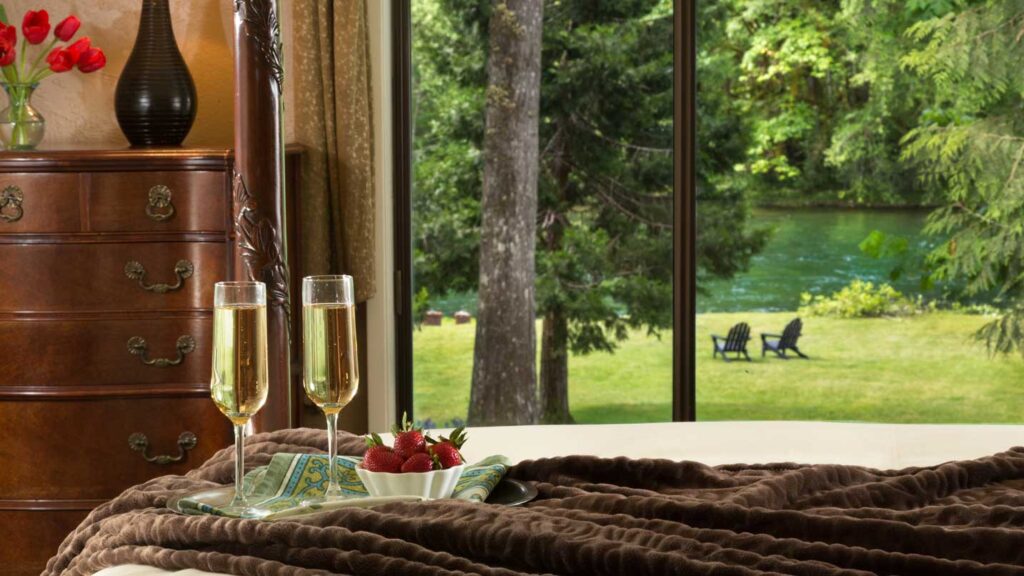
Spend the Night
Several cozy lodges make excellent base camps for the region. McKenzie Riverside Cottages is just steps from the river, a famous getaway for notables like Clark Gable, Herbert Hoover and the Duke of Windsor. Nearby Caddisfly Resort in the town of McKenzie Bridge is a third-generation family-owned property that includes three redwood cottages with large windows and decks overlooking the river. Half a mile east, the historic Loloma Lodge, built in the 1930s, offers several gorgeous riverfront cabins filled with local artwork and a 1927 family log cabin with wood-burning stove. Farther east, the two mineral hot springs (one for day use, another for guests only) at Belknap Hot Springs Resort are just part of the appeal. The acres of gardens and footbridge across a bend of the McKenzie River make for a peaceful getaway, with a range of accommodations to choose from. You can stay in one of the rustic lodge rooms or a private cabin on-site, or book a site for RV or tent camping with your pod. Built in 1946, the historic Eagle Rock Lodge features five acres of gardens and forest along the McKenzie River — where you can fly fish just steps from your room. The bed and breakfast caters to couples, with hot tubs, a cooked-to-order breakfast and a guest age minimum. Other hotels like the McKenzie River Mountain Resort did not survive the fires and need donations to rebuild; however, they may offer their McKenzie River Trail shuttle service later this summer.
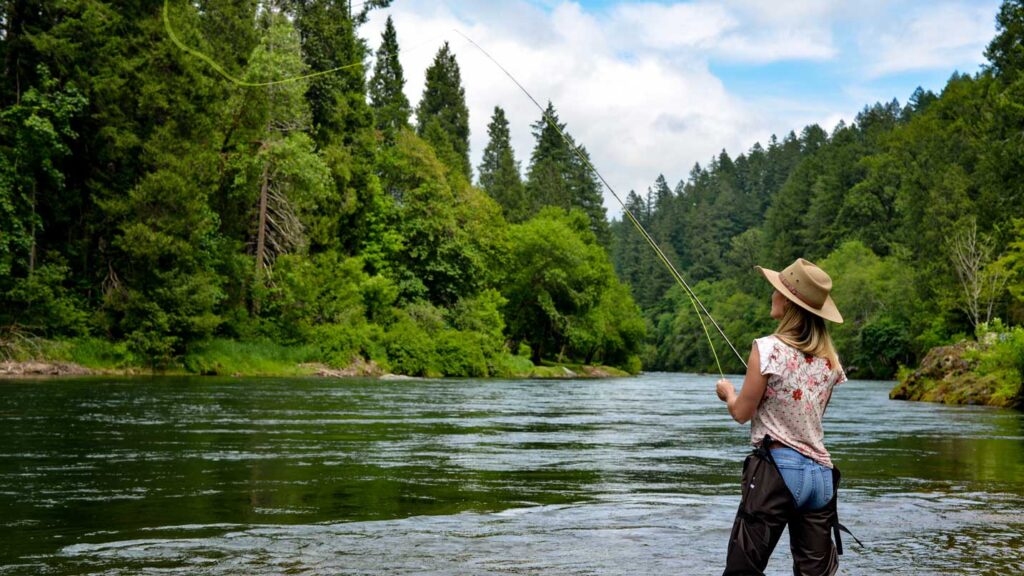
Go Fishing or Boating
You’ll definitely want to try casting a line into the McKenzie River, world-renowned for its fishing, via an old-fashioned drift boat, a long-standing community tradition. Active year-round, wild and hatchery trout are abundant; a number of guide services like Helfrich Outfitter and Home Waters Fly Fishing offer customizable trips to help you learn how to cast and reel it in. Fishing guides will help you safely enjoy the parts of the river unaffected by the wildfire, with COVID-19 protocols in place. Fishing season starts to pick up in April, and trips are most popular June through September, so book early. There are many expert guides; check around for the one that best suits your needs. When it comes to boating, some parts of the river remain open and accessible for visitors of all skill levels — it’s best to go with an expert guide who knows how to do it safely. A number of outfitters such as Oregon Paddle Sports rent canoes, kayaks, stand-up paddleboards, rafts, inner tubes, and other gear including roof racks, trailers and life jackets for dogs. If a jet boat’s more your speed, Scenic Jet Boat Tours zips you along 50 miles of the McKenzie River on a 2.5-hour tour.
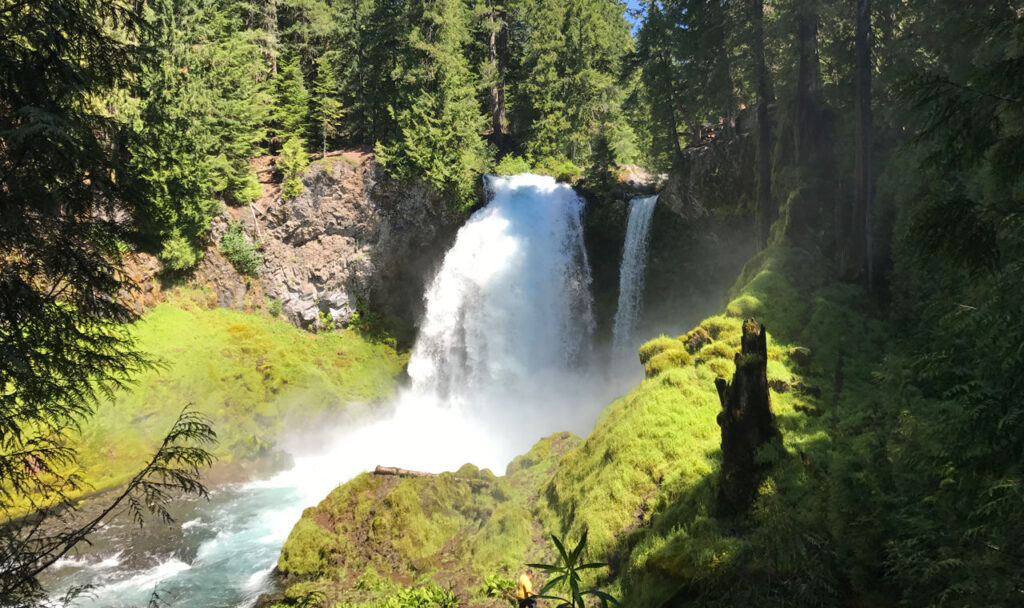
Chase Waterfalls
Year-round, the waterfall trails here are captivating. The 2.6-mile Waterfalls Loop Trail takes you on a delightful trek through technicolor-green old-growth conifer forest to two impressive falls: Sahalie, which plunges 100 feet over a natural lava dam, and Koosah, which drops 70 feet into a deep pool. It’s a family-friendly hike with a big payoff, and if you’re really short on time or energy, you can stop at the viewing platform less than 100 feet from the parking lot. Make sure to pack your Ten Essentials, stay on designated trails and respect the sensitive ecological areas in recovery. Be kind to those you meet along the way, and visit midweek for the fewest crowds. Here are more ways to Take Care Out There when you visit.
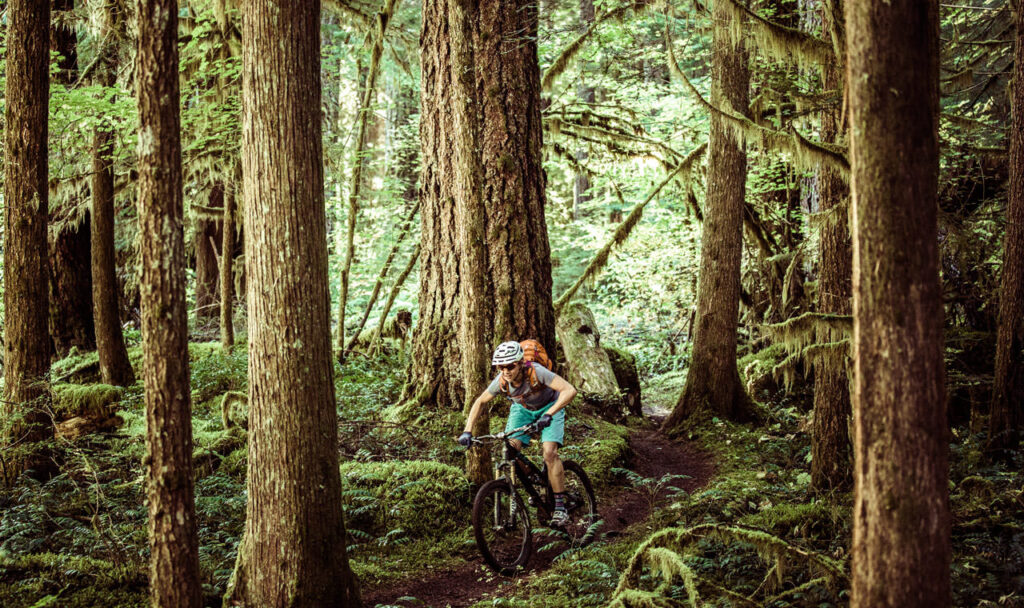
Hike or Bike It
It’s been called one of the top mountain bike trails in the country: a combination of scenic and technically challenging singletrack while still being accessible and insanely fun. The 26-mile McKenzie River Trail will leave both hikers and bikers breathless, winding past volcanic formations and majestic Douglas firs, hemlocks and cedars. Cyclists can arrange a shuttle service, available April through November, to bike downhill and ride in the van back to the top. Mountain Crossing in Eugene offers guided trips and mountain bike instruction. You can find gear and expert tips at friendly bike shops including Hutch’s Bicycles in Eugene and Springfield, Bicycle Way of Life in Eugene and Len’s Bikes in Springfield.
More Ways to Help:
Visit the McKenzie Recovery community page, hosted by the not-for-profit McKenzie Community Development Corporation. Consider buying McKenzie Strong apparel to benefit relief and recovery efforts, or pitching in toward efforts to rebuild the Frances O’Brien Memorial Library and Blue River Park, two beloved landmarks.
For ways to lend your help as a volunteer, check in with the McKenzie River Trust to learn about their reforesting and restoration efforts, as well as how you can contribute.
©2021 Travel Oregon | The official guide to Oregon travel and tourism information.

